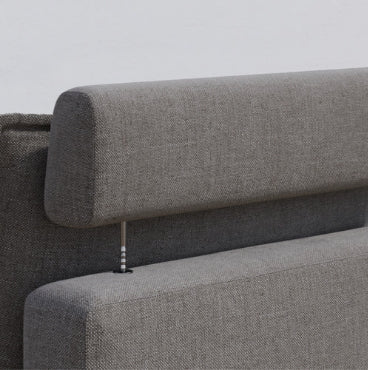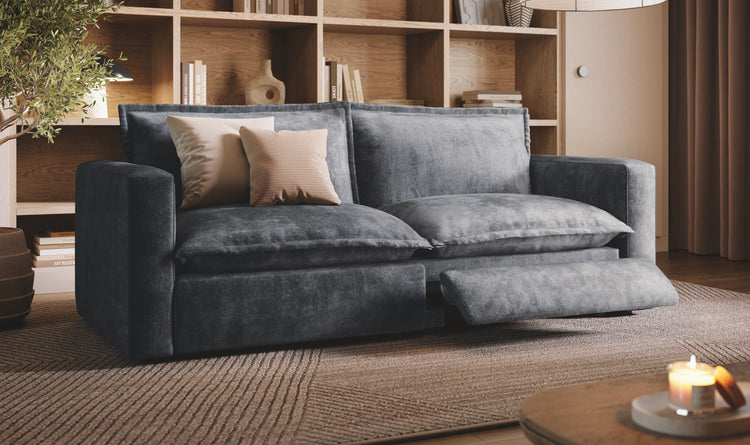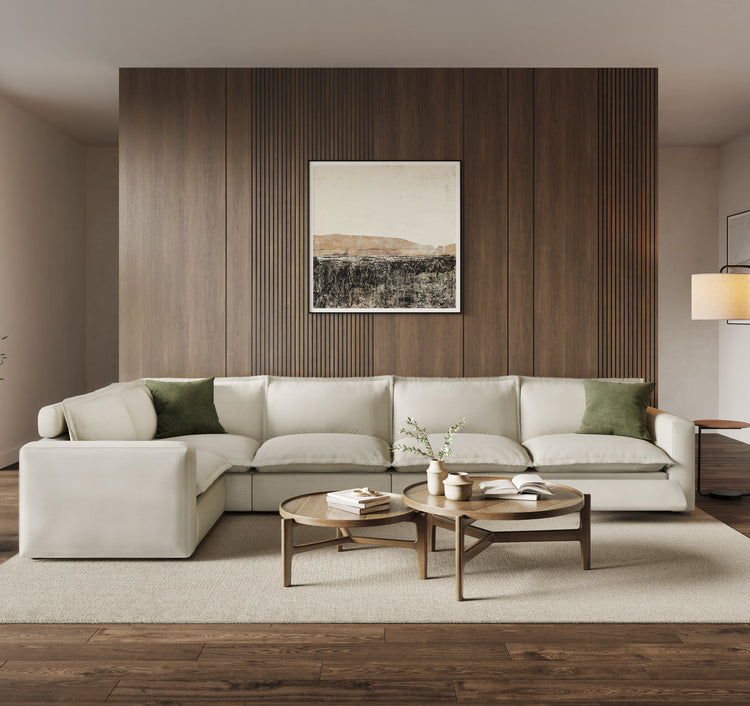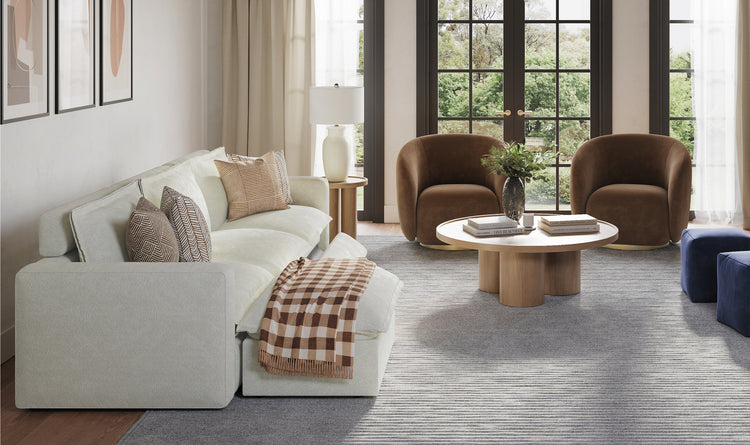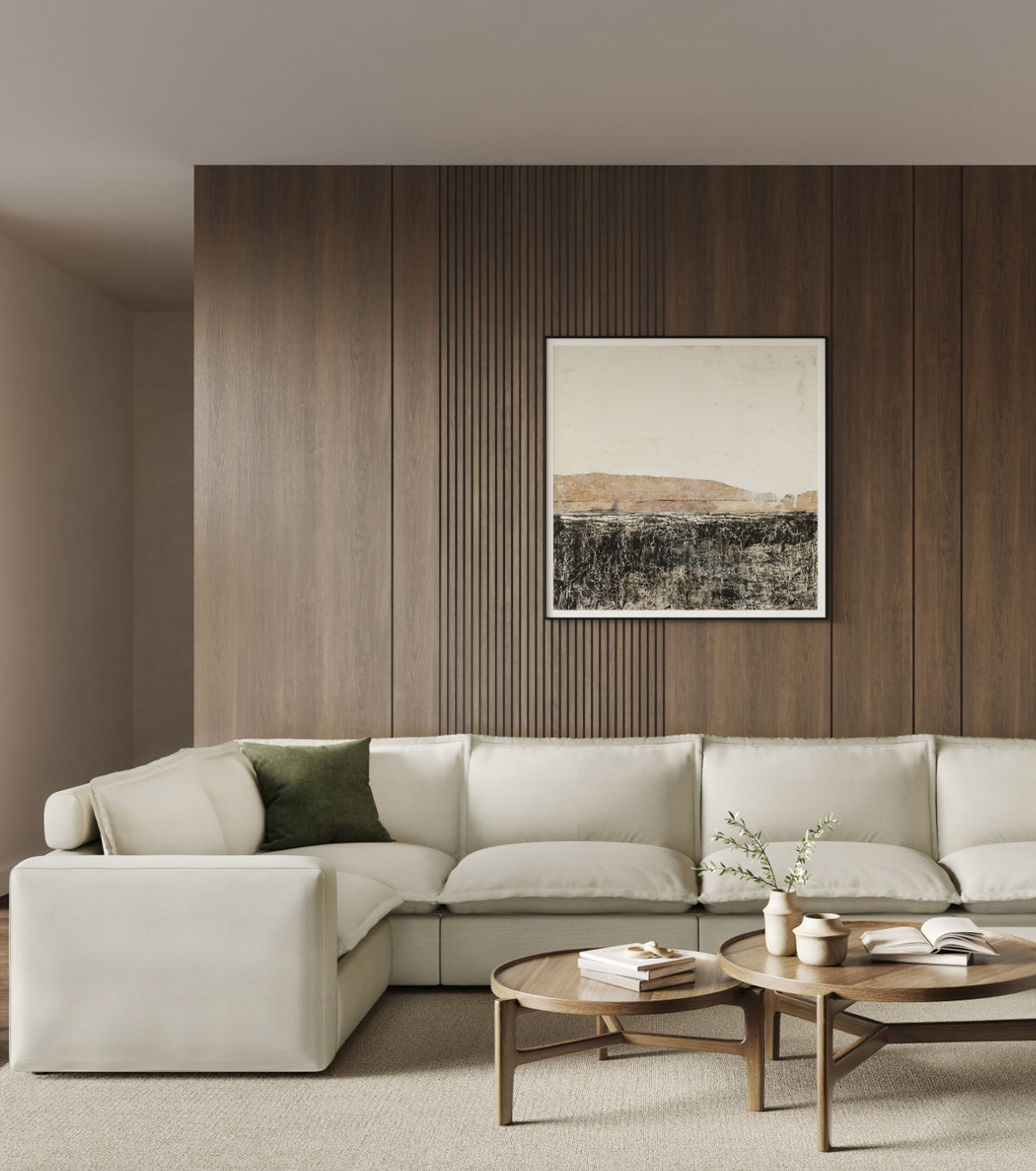If you've been spending long hours at home, you might be feeling the strain on your back. Luckily, ergonomic recliners are here to help by providing the right support for your spine and overall comfort. These recliners are designed to promote better posture and reduce back pain, making them an essential addition to your home. Ready to find the best ergonomic recliners for back support? We’ve got you covered!
What Makes a Recliner Ergonomic?
While looking for a recliner, you may encounter the term "ergonomic." So, what does that mean? An ergonomic recliner is built to provide support for your body in a manner that encourages good posture, lessens strain, and maximizes comfort. As opposed to regular recliners, which might provide only generic reclining functions, ergonomic recliners are built with special adjustments and support mechanisms for your body's requirements. This makes them perfect for individuals who spend extended periods sitting or who experience back pain.
- Adjustable Lumbar Support: A major characteristic of an ergonomic recliner is adjustable lumbar support. This enables you to personalize the support for your lower back, which helps to alleviate pressure on the spine and keep it in alignment. By being able to adjust the lumbar region to suit the contour of your back, you can avoid discomfort and long-term pain.
- Contoured Backrest: A contoured backrest is also a key feature. In contrast to the flat backrests of a typical recliner, a contoured backrest mirrors the natural shape of your spine. This cradles your lower, middle, and upper back to maintain proper posture and decrease muscle tension.
- Multi-zone Support Systems: Multi-zone support systems are built to offer varying degrees of support in different areas of your back. That means your lower back, mid-back, and neck can each receive the particular level of support that it requires. These systems are ideal for targeting individual areas of pain, such as shoulder tension or lower back pain.
- Adjustable Headrest and Footrest: Ergonomic recliners also usually have an adjustable headrest and footrest. The headrest cradles your neck and head, so you can position it in the most comfortable way. The adjustable footrest lifts your legs, enhancing circulation and taking pressure off your lower body.
- High-Density Foam or Orthopedic Memory Foam Padding: The cushioning in ergonomic recliners is also impressive. The cushioning is typically made from high-density foam or orthopedic memory foam. These materials conform to your body shape, providing support while minimizing pressure points. Memory foam is especially renowned for its capacity to give personalized support to your back and joints.
What Are the Health Benefits of Ergonomic Recliners?
Ergonomic recliners aren't just fancy furniture - they can actually help fix some real health problems. If you're dealing with back pain, poor posture, or just feel tired after sitting all day, here's how these chairs can help you feel better.
Better Back Support
A good ergonomic recliner supports your spine's natural S-curve, which stops you from slouching forward like you probably do in regular chairs. When your spine stays in the right position, your muscles don't have to work as hard to hold you up, so you won't feel as sore and stiff at the end of the day.
Less Back Pain
The extra lumbar support targets that achy lower back area where most people feel pain. Instead of your muscles constantly fighting to keep you upright, the chair does the work for you. Many people notice their daily back pain gets better after using an ergonomic recliner regularly.
More Comfortable Sitting
These chairs let you adjust everything - the back angle, footrest height, and lumbar support - so you can find your perfect comfortable position. Whether you're watching TV, reading, or working from home, you won't be constantly shifting around trying to get comfortable.
Improved Blood Flow
When you raise your legs up to heart level (especially in zero-gravity position), blood flows more easily back to your heart. This reduces swelling in your feet and legs, and some people even notice less numbness or tingling after sitting for long periods.
Better Health Over Time
Using an ergonomic recliner consistently can actually help improve your posture even when you're not sitting in it. Better posture means less strain on your entire body, which can help you stay more active and feel better overall as you get older.
If you spend a lot of time sitting and deal with any kind of back discomfort, an ergonomic recliner can make a real difference in how you feel every day.
Top Features to Look for in an Ergonomic Recliner
When shopping for an ergonomic recliner, specific features can transform your comfort and back health. Here are the essential elements that separate basic recliners from truly supportive ones.

Adjustable Lumbar And Neck Support That Actually Works
The single most critical aspect of any ergonomic recliner is the support that conforms to your individual body shape and size.
- Check for separate adjustment controls: Top recliners allow you to adjust the lumbar support up, down, in, and out individually from the neck support. For instance, if you are 5'2", you will require a lumbar pad lower than a person who is 6'0".
- Adjustment range test: Quality models have a minimum of 2-3 inches of lumbar movement and headrests that move forward or backward. Premium recliners usually have 4-way adjustable lumbar systems to fit various body types.
- Look for firm, targeted support: The lumbar pad should be firm enough to support the natural curve of your lower back, not offer soft cushioning that squishes down under pressure.
Multiple Recline Angles With Secure Locking
Finding your perfect sitting position requires flexibility in how far back you can lean and the ability to lock into that position.
- Aim for 3-5 preset positions: Good ergonomic recliners offer positions like upright (90°), slight recline (110°), moderate recline (135°), and full recline (160-180°). Some premium models provide infinite positioning between these angles.
- Try the zero-gravity position: This 128-degree angle puts your legs higher than your heart level, taking pressure off your spine. Luxury models are experts at this therapeutic positioning feature.
- Provide smooth, quiet operation: The reclining mechanism must operate without jerking or audible noise. Electric models must respond directly to button presses without grinding noises or delays.
Cushioning Materials That Maintain Support
The type of padding in your recliner determines both immediate comfort and long-term support quality.
- Memory foam vs. high-density foam: Memory foam conforms to your shape but can trap heat. High-density polyurethane foam (30+ lbs density) offers firmer, cooler support with quicker bounce-back.
- Leather or fabric considerations: Top-grain leather wipes easily but can be warm in the summer. Velvet fabric is soft and luxurious to the touch and has a natural resistance to dust mites, making it ideal for those who suffer from allergies. Linen is extremely breathable and temperature-adjusting to keep you cool year-round. For those with pets, performance fabrics and microfiber repel pet hair, scratches, and accidents and are simple to clean and maintain.
- Seek multi-layered construction: Good recliners marry a firmer base layer with more plush top cushioning, which resists the "sinking" sensation that contributes to poor posture.
Proper Sizing For Your Body Dimensions
A recliner that doesn't fit your body properly can actually worsen back problems instead of solving them.
- Seat depth should fit your legs: When sitting back against the lumbar support, you should have 2-4 inches between the back of your knees and the seat edge. Most recliners offer 19-22 inch seat depths.
- Backrest height matches your torso: The top of the backrest should reach at least to your shoulder blades. Taller people (over 6'0") need recliners with 26+ inch backrests.
- Weight capacity with safety margin: Choose a recliner rated for at least 50 pounds more than your body weight. Standard models handle 250-300 lbs, while bariatric versions support 400+ lbs.
A good sitting posture combined with a suitable recliner can bring out the full performance of the recliner.

Sturdy Construction That Lasts Years
Investing in quality construction ensures your recliner maintains its ergonomic benefits over time.
- Hardwood or steel frame construction: Avoid particle board or softwood frames that can break under stress. Look for kiln-dried hardwood or welded steel frames that won't warp or crack.
- Smooth, tested mechanisms: Quality recliners use mechanisms from established manufacturers with proven track records. These should operate smoothly for 25,000+ cycles.
- Easy access for maintenance: The reclining mechanism should be accessible without removing upholstery, making it simple to lubricate or adjust over time.
3 FAQs About Ergonomic Recliners
Q1: Can Ergonomic Recliners Really Alleviate Back Pain?
Yes, ergonomic recliners are made to offer targeted support for your back, particularly the lower back. With adjustments for lumbar support and contoured backrests, these recliners work to enhance spinal alignment, decrease pressure on your muscles, and eliminate pain. Most users discover that regular use of an ergonomic recliner can decrease chronic back pain over time.
Q2: Are Massage Recliners Better for Chronic Pain?
Massage recliners can be a great option for people with chronic pain, as they provide additional relief through built-in massage functions. The massage feature targets muscle tension and can help improve blood circulation, offering relief from both back pain and muscle fatigue. While they can be helpful, it’s important to note that not all types of chronic pain are addressed by massage recliners, and it’s best to consult a healthcare provider for specific recommendations.
Q3: How Much Are You Willing to Spend on a Good Ergonomic Recliner?
Ergonomic recliners cost between $200 and more than $3,000, depending on the features you require. Base models ($200-$500) provide basic lumbar support and manual controls, which are okay if you don't plan to use them every day. Mid-range recliners ($500-$1,500) provide adjustable support, memory foam, and electric controls - here's where most people get the best bang for their buck. High-end models ($1,500-$3,000) include zero-gravity positioning and high-quality materials. Luxury recliners ($3,000+) provide full-body massage, heat therapy, and the highest level of construction.
Finding the Right Ergonomic Recliner
When it comes to back support, an ergonomic recliner can make a huge difference. It’s designed to keep your spine in the right position and ease discomfort. Pick one that fits your needs, and you’ll be enjoying better posture and relief from pain in no time.


